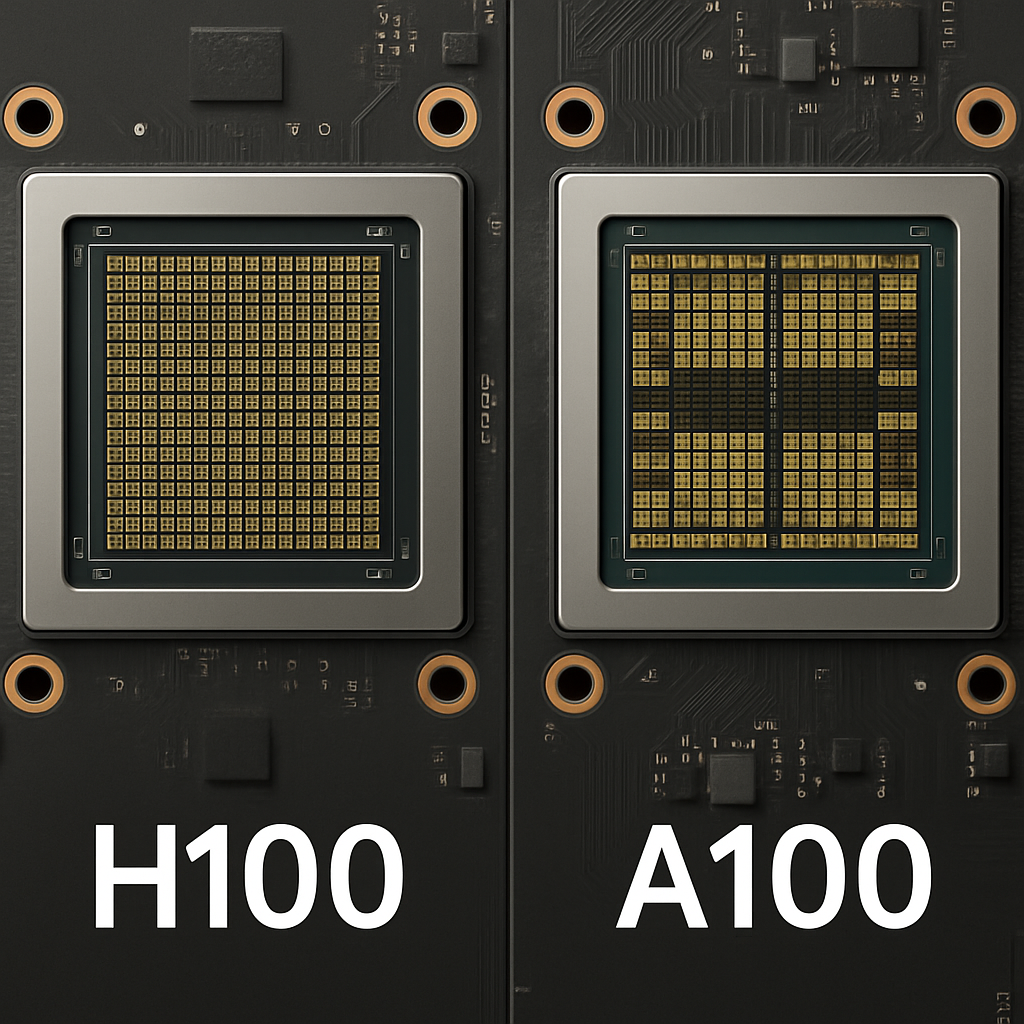Introduction: Server GPUs
Forget the humble CPU as the sole workhorse of the data center. The modern computational landscape demands raw, parallel processing power, and Server GPUs have risen to become indispensable engines driving innovation across critical industries. No longer just for graphics, these specialized processors excel where massive datasets and complex calculations reign supreme. Let’s dive into the key use cases where server GPUs deliver unparalleled performance and transformative results.

1. AI/ML Training & Inference: The Engine of Intelligence
This is arguably the arena where server GPUs shine brightest and have sparked a revolution.
- Large Language Models (LLMs): Training behemoths like GPT, Claude, or Gemini require processing trillions of data points. Server GPUs, with their thousands of cores optimized for matrix math (the foundation of neural networks), accelerate training from months to days or weeks. They’re the muscle behind the AI boom.
- Deep Learning: From computer vision (image/video recognition) and natural language processing (NLP) to recommendation systems and fraud detection, deep learning models thrive on GPU acceleration. Server GPUs handle the massive parallel computations needed for training complex models efficiently.
- Inference at Scale: Once trained, deploying AI models to serve real-time predictions (inference) to millions of users demands significant throughput. Server GPUs provide the necessary low-latency, high-throughput power, enabling responsive AI applications in everything from chatbots to medical diagnostics.
SEO Keywords: Server GPU AI training, GPU machine learning, LLM training hardware, deep learning acceleration, AI inference server, data center AI GPUs.
2. High-Performance Computing (HPC): Simulating Reality
Scientific discovery and engineering innovation rely on simulating complex real-world phenomena. Server GPUs are game-changers:
- Scientific Simulations: Modeling climate patterns, astrophysics, molecular dynamics, or particle physics involves solving vast systems of equations. GPUs parallelize these calculations, drastically reducing simulation times from years to months or weeks.
- Computational Fluid Dynamics (CFD): Designing efficient aircraft, cars, or turbines requires simulating fluid flow, heat transfer, and combustion. GPU acceleration makes complex CFD simulations feasible and significantly faster.
- Genomics & Drug Discovery: Analyzing massive DNA sequences, protein folding, and simulating drug interactions with biological targets are computationally intensive. GPUs accelerate genome assembly, variant analysis, and virtual screening, speeding up breakthroughs in personalized medicine.
SEO Keywords: HPC GPU acceleration, scientific computing GPU, CFD simulation GPU, genomics GPU computing, server GPU for research, GPU accelerated simulations.
3. Virtualization & Cloud Gaming (vGPU): Power Delivered Remotely
Server GPUs enable the abstraction and sharing of GPU resources, unlocking powerful remote capabilities:
- Virtual Desktop Infrastructure (VDI) & Workstations: Professionals in engineering, design, and data science need high-end graphics and compute. vGPU technology (like NVIDIA vGPU or AMD MxGPU) allows multiple virtual machines on a single server to securely share physical GPUs, delivering workstation-class performance remotely to thin clients.
- Cloud Gaming (Gaming-as-a-Service – GaaS): Services like NVIDIA GeForce NOW, Xbox Cloud Gaming, or Amazon Luna rely on dense server racks packed with powerful GPUs. These GPUs render games in the cloud and stream the video output to users’ devices, enabling high-fidelity gaming on low-end hardware.
SEO Keywords: vGPU server, virtual GPU, GPU virtualization, cloud gaming infrastructure, VDI GPU acceleration, remote workstation GPU, Gaming-as-a-Service hardware.
4. Data Analytics & Visualization: Speed Meets Insight
The era of big data demands faster insights. Server GPUs accelerate the entire pipeline:
- Large-Scale Data Processing: Frameworks like Apache Spark (with GPU acceleration plugins) leverage GPUs to speed up ETL (Extract, Transform, Load), data cleansing, and complex aggregations on massive datasets (terabytes/petabytes).
- Advanced Analytics & Machine Learning: GPU acceleration powers complex algorithms for real-time analytics, predictive modeling, and anomaly detection directly within databases or data lakes.
- Interactive Data Visualization: Exploring massive datasets visually requires rendering complex charts, graphs, and 3D representations quickly. GPUs enable smooth, interactive exploration of large-scale data visualizations that would choke CPUs.
SEO Keywords: GPU-accelerated analytics, big data processing GPU, Spark GPU acceleration, data visualization server, real-time analytics GPU, database acceleration GPU.
5. Professional Visualization (ProViz): Crafting the Digital World
Server GPUs power the creation and rendering of complex digital content and designs:
- Computer-Aided Design (CAD) & Engineering (CAE): Running complex simulations (FEA, CFD) within CAD/CAE software or rendering intricate product designs benefits massively from GPU acceleration in server-based workstations or render nodes.
- Rendering Farms: Creating photorealistic images and animations for film, VFX, architecture, and product design is incredibly compute-intensive. Server farms packed with multiple high-end GPUs (Render Nodes) drastically reduce rendering times compared to CPUs, meeting tight production deadlines.
- Media & Entertainment: GPU-accelerated servers handle video editing, color grading, visual effects (VFX), and 3D animation rendering for broadcast and film production pipelines.
SEO Keywords: GPU rendering server, render farm GPU, CAD acceleration server, CAE simulation GPU, professional visualization server, VFX rendering hardware.
Conclusion: Server GPUs – The Foundation of Modern Compute
From training the next generation of transformative AI to simulating the cosmos, enabling immersive cloud experiences, unlocking insights from massive data troves, and rendering stunning visual creations, server GPUs are the critical accelerators powering the future. Their parallel processing architecture is uniquely suited to tackle the most demanding computational workloads that define modern innovation. As data volumes explode and models grow more complex, the strategic deployment of server GPUs is no longer optional for competitive enterprises and research institutions – it’s the engine driving progress. Investing in the right server GPU infrastructure is investing in the capacity to innovate at scale.
